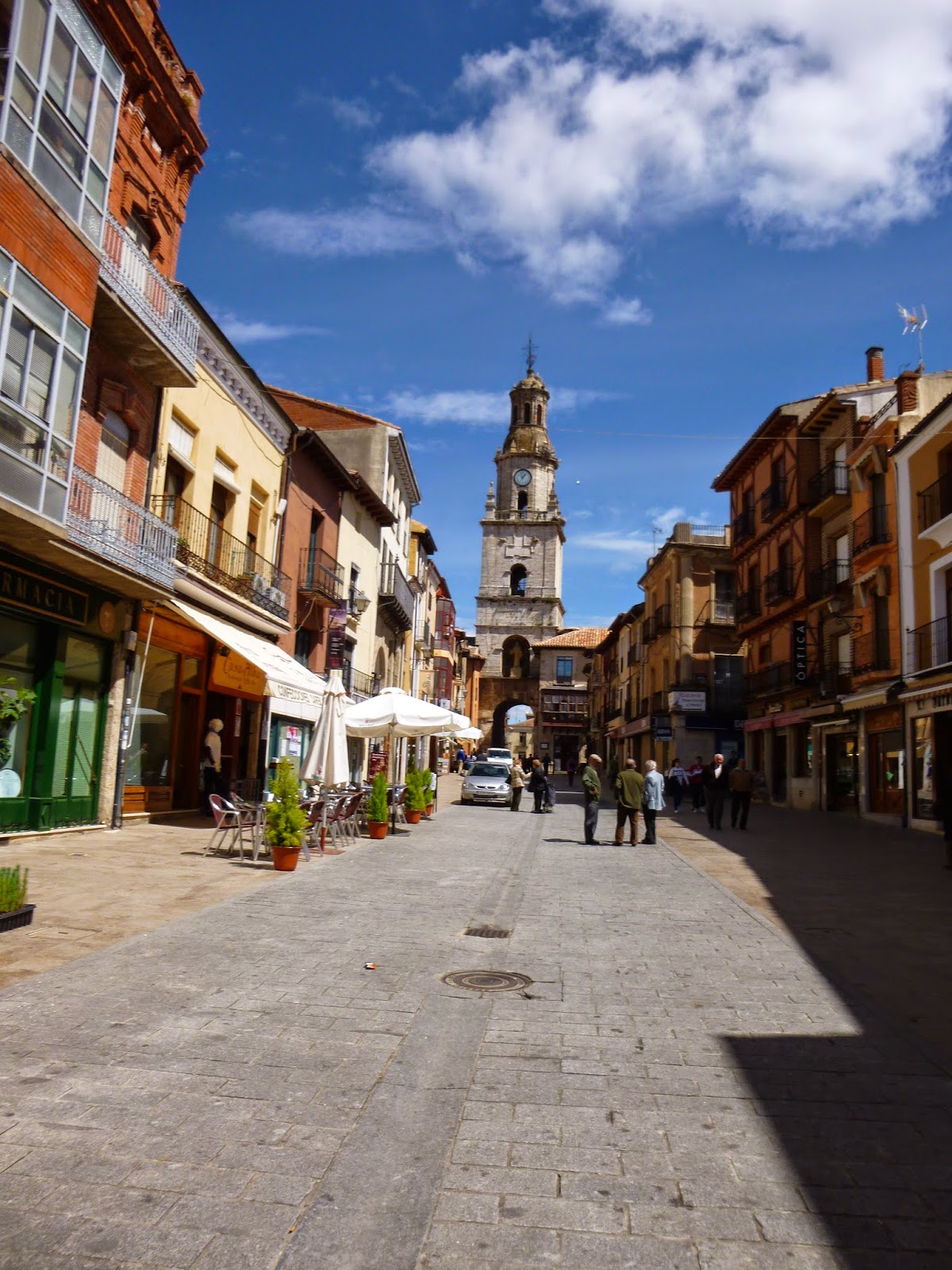 |
| German soldiers of the 134th Saxon Regiment pose with men of the Royal Warwickshire Regiment in 'No Man's Land' on the Western Front, in December, 2014. Photo is in the Public Domain, taken from an article HERE. |
The individual stories highlighted were fictitious, but the overall story is based on a true happening on a Christmas Eve in 1914, in the theater of war: Scottish, French, and German troops agreed to a cease fire and put down their weapons to celebrate Christmas Eve, even warning each other of planned shellings the next day and offering refuge in each other's trenches when the shellings occurred.
For all three military groups, the
only thing that saved troops from being tried for treason was the fact that 200
or so in each case would have to be tried. Instead, all the participants were
transferred to other fronts to make sure it wouldn't happen again. It was a
remarkable film, and a story I won't forget.
The Sacramento Bee published an article last year about this phenomenon,
a phenomenon that occurred in several places across Belgium and across the
Western Front.
In the news article above, in Flanders Field, the site of
John McCrae’s famous poem comparing the blood of slain British warriors to red poppies, German soldiers
began playing music familiar to both German and British soldiers. Soon an informal truce was struck. Troops
visited each other, gave each other food and even small gifts. Some played
games. For a little while, Peace broke out. Afterwards, as in the movie, army generals made sure it would not happen again. In the following war years, at Christmastime generals stepped up the fighting to ensure no one would even think of a truce.
So here it is again, the New Year
approaches. The Christmas message hovers still. And we still live in a troubled world, wondering how best to deal with it.
Best wishes to all for a time of peace, when people can forgive the atrocities of war and unite again in their common humanity.
Best wishes to all for a time of peace, when people can forgive the atrocities of war and unite again in their common humanity.



























































